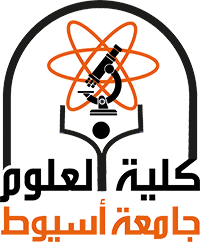The common radioactivity substances (Ra-226, Th-232 and K-40) were measured in oil ash samples collected from the Assiut Thermal Power Plant (ATPP) in Egypt by gamma spectrometry. Outcomes were contrasted with those from past investigations. The activity concentrations have declined from past investigations by around 58 %, 77 % and 95 % for 226Ra, 232Th, and 40K, respectively. The reason for this extreme decrease will be discussed. A positive with moderate correlation between 226Ra and 232Th, and between 226Ra and 40K in the examined ash samples was identified from the observed correlation R2 of 0.6 and 0.4 respectively. All estimations of radiological risk indices demonstrate a generous decrease; however, they remain more than the world reference. For instance, the radium equivalent activities (Raeq) and the hazard indices are considerably more than 370 Bq kg-1 and unity, respectively. Mean absorbed dose rate was 3250 nGy h-1, which is around fifty-five times more than the world reference estimation of 59 nGy h-1; relating annual external effective dose is assessed to be at 3.9 mSv y-1, which is around fifty-five times higher than what is found in regions of common foundation radiation 0.07 mSv y-1.
Research Abstract
Research Department
Research Journal
SYLWAN journal
Research Member
Research Publisher
Polish Forestry Society
Research Rank
1
Research Vol
Vol. 163, Issue. 9
Research Website
http://sylwan.ibles.org/archive.php?v=163&i=9
Research Year
2019
Research Pages
pp. 1-15

